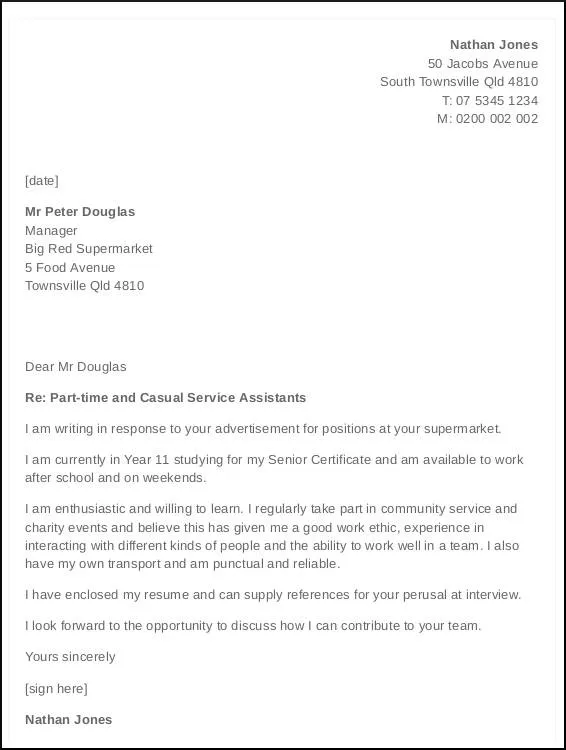What is a Cover Letter
A cover letter is a concise document that accompanies your resume when applying for a job. It serves as an introduction, providing a personalized overview of your qualifications, skills, and experiences. Unlike a resume, which offers a factual account of your background, a cover letter allows you to express your personality, enthusiasm, and explain why you are a suitable candidate for the specific role. A well-crafted cover letter demonstrates your communication skills, highlights your relevant strengths, and showcases your genuine interest in the company and the position. It is your chance to make a strong first impression and persuade the hiring manager to read your resume and consider your application. Tailoring your cover letter to each job application is crucial, as it shows that you have taken the time to understand the requirements of the role and are genuinely interested in the opportunity.
Why is a Cover Letter Important
Even when you have limited or no professional experience, a cover letter is extremely important. It is your opportunity to tell your story, highlight your passion, and make a compelling case for why an employer should consider you. Many employers consider a cover letter a critical part of the application process, and a poorly written or generic one can immediately disqualify you. The cover letter provides a space to address any potential concerns about your lack of experience, such as by emphasizing your eagerness to learn and contribute. Furthermore, it gives you the chance to showcase your personality and communication skills, which are crucial in the workplace. A well-written cover letter shows that you understand the role and the company, have done your research, and are excited about the opportunity. This can significantly increase your chances of landing an interview, even without a wealth of prior experience.
Highlighting Transferable Skills
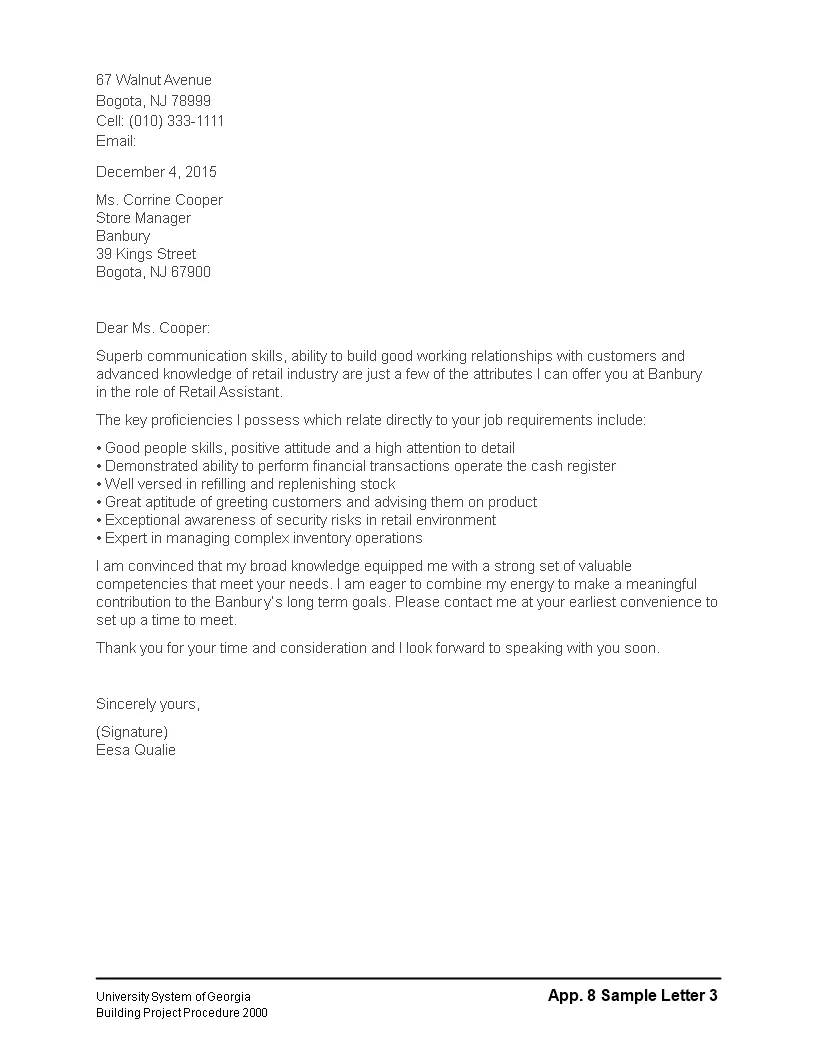
Transferable skills are skills you’ve developed in previous roles, academics, volunteer activities, or personal projects that can be applied to a new job. When you have no prior work experience, it is important to identify and highlight these skills. These could include communication, problem-solving, teamwork, leadership, time management, and organizational abilities. Think about your experiences in school, extracurricular activities, or even personal projects, and identify the skills you developed. For example, if you were a team leader in a student project, you can emphasize your leadership and project management abilities. If you have volunteered, you can demonstrate your teamwork, customer service skills, and ability to adapt to different environments. Be specific and provide concrete examples to demonstrate how you have used these skills to achieve results. This will help the hiring manager see your potential, despite the lack of traditional experience.
Identifying and Showcasing Soft Skills
Soft skills, also known as interpersonal or people skills, are personal attributes that enable you to interact effectively and harmoniously with others. When you are starting your career, soft skills are highly valuable. Some key soft skills to highlight include communication, both written and verbal; teamwork and collaboration; problem-solving; adaptability and flexibility; time management and organization; and work ethic. You can demonstrate these skills by providing specific examples of when you have used them effectively. For example, you can explain how you resolved a conflict in a group project, how you managed your time to meet deadlines, or how you worked collaboratively with others. Use the STAR method (Situation, Task, Action, Result) to structure your examples. This will help you paint a clear picture of your abilities and show the hiring manager how your soft skills can contribute to the company’s success. Be authentic and let your personality shine through!
Showcasing Your Education
Even without professional experience, your education is a vital asset. You can highlight your academic achievements, relevant coursework, projects, and any specializations you’ve undertaken. Showcase any academic awards, scholarships, or honors you have received. If your coursework aligns with the job requirements, emphasize the relevant courses you have taken and the skills you gained. Also, mention any projects or research you have undertaken during your studies, particularly if they are related to the job. If you participated in any clubs, organizations, or volunteer activities related to your field of study, include them as well. This shows your interest in the field and your willingness to go above and beyond. Remember to tailor this section to the specific job requirements, focusing on the knowledge and skills that are most relevant to the position. Make sure to show how your education has prepared you for the challenges of the role.
Formatting Your Cover Letter
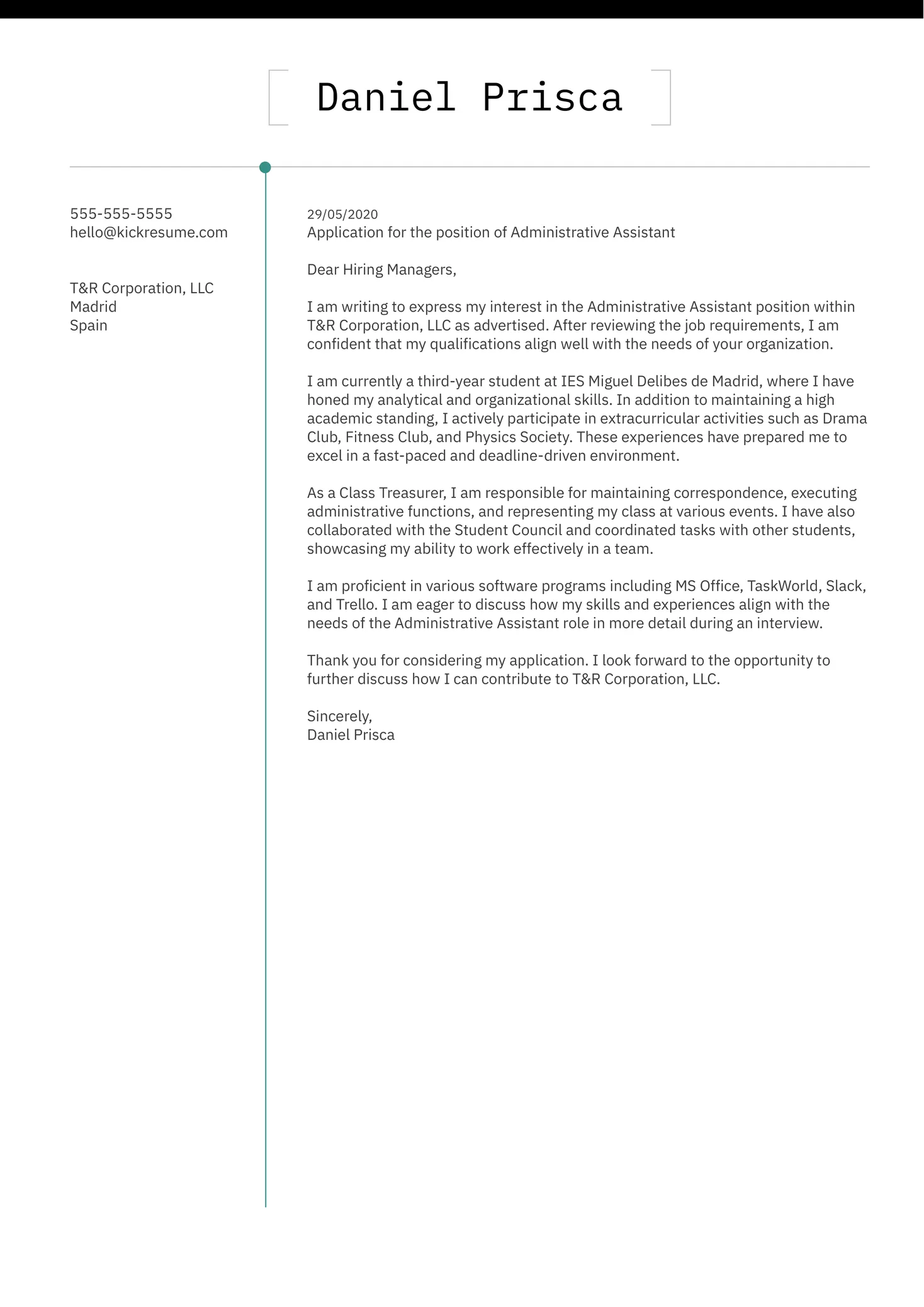
Formatting your cover letter correctly is essential for creating a professional and polished document. A well-formatted cover letter is easy to read and makes a positive first impression. Ensure your cover letter is clean, well-organized, and free of any errors. The font should be readable; choose a standard font like Times New Roman, Arial, or Calibri, with a font size between 10 and 12 points. Use single or 1.15 line spacing and leave 1-inch margins on all sides. Use clear headings to organize your content and make it easier for the hiring manager to find the information they need quickly. Keep the tone professional and avoid using overly casual language or slang. Aim for a concise and targeted letter that is no more than one page long. A well-formatted cover letter demonstrates your attention to detail and professionalism.
Header Information
Your header should include your contact information, the date, and the employer’s information. Begin by including your full name, phone number, email address, and optionally, your LinkedIn profile URL. Then, skip a line and add the date. Following this, include the hiring manager’s name and title (if known), the company name, and the company’s address. If you are unable to find the hiring manager’s name, you can use a generic salutation. Ensure that all information is accurate, as this is how the employer will contact you for an interview. The header should be formatted in a clear and professional manner. Make sure your contact information is current and easily accessible.
Professional Salutation
The salutation is your initial greeting in the cover letter and should be professional and appropriate. If you know the hiring manager’s name, use “Dear Mr./Ms./Mx. [Last Name]:” This shows you have done your research and are addressing the letter to a specific person. If you are unable to find the name, alternatives include “Dear Hiring Manager,” “Dear [Department Name] Hiring Team,” or a general greeting like “To Whom It May Concern.” Avoid using generic greetings such as “Dear Sir or Madam,” as these can appear impersonal. Always double-check the spelling of the hiring manager’s name and title. A professional salutation sets the tone for the rest of the letter and shows that you are attentive to detail and respect the recipient.
Body Paragraphs
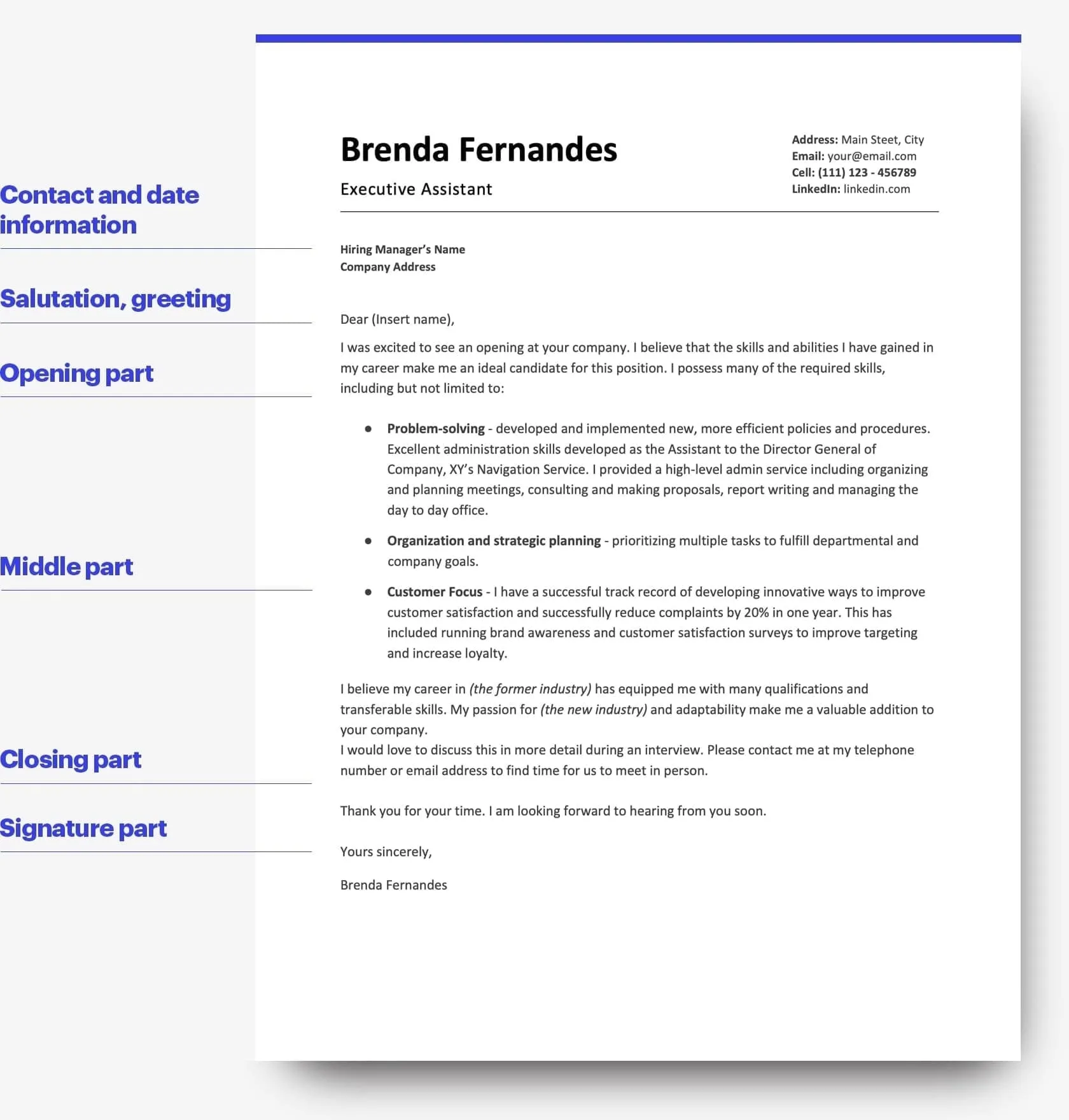
The body of your cover letter is where you highlight your skills and experiences and explain why you’re a good fit for the role. The body usually consists of 2-3 paragraphs, each serving a specific purpose. The first paragraph should state the position you are applying for and how you learned about the opportunity. In the following paragraphs, demonstrate how your skills, education, and experiences align with the job requirements. Be sure to focus on what you can offer the company, even if you lack direct experience. Use examples and provide concrete evidence to back up your claims. Explain why you are excited about the company and the role. The body paragraphs should showcase your personality, your enthusiasm, and your understanding of the company’s needs. Be specific, provide examples, and tailor each letter to each job.
Expressing Enthusiasm
Expressing enthusiasm is key when crafting a cover letter, especially if you lack experience. Show genuine excitement for the position and the company. Explain why you are drawn to the role and what interests you about the company’s mission, values, or work culture. Mention specific aspects of the job that excite you. You can also demonstrate your understanding of the company’s goals. Show your desire to contribute to the company’s success. Enthusiasm is contagious and can make you stand out from other candidates. A cover letter filled with genuine excitement and eagerness to learn and contribute will make a positive impact on the hiring manager and show you are serious about the opportunity.
Tailoring Your Letter
Tailoring your cover letter to each job application is crucial for making a strong impression. Review the job description carefully, paying close attention to the key requirements and desired skills. Customize your cover letter by highlighting your relevant skills, experiences, and qualifications. Use the same keywords and phrases that are used in the job description to demonstrate that you understand the role and the company’s needs. Research the company and its values, and address them in your letter. Show that you understand the company’s mission, products, or services. This demonstrates your genuine interest in the opportunity. Tailoring your cover letter helps you to stand out from other applicants, who might be sending generic letters. This personalized approach significantly improves your chances of getting an interview.
Call to Action and Closing
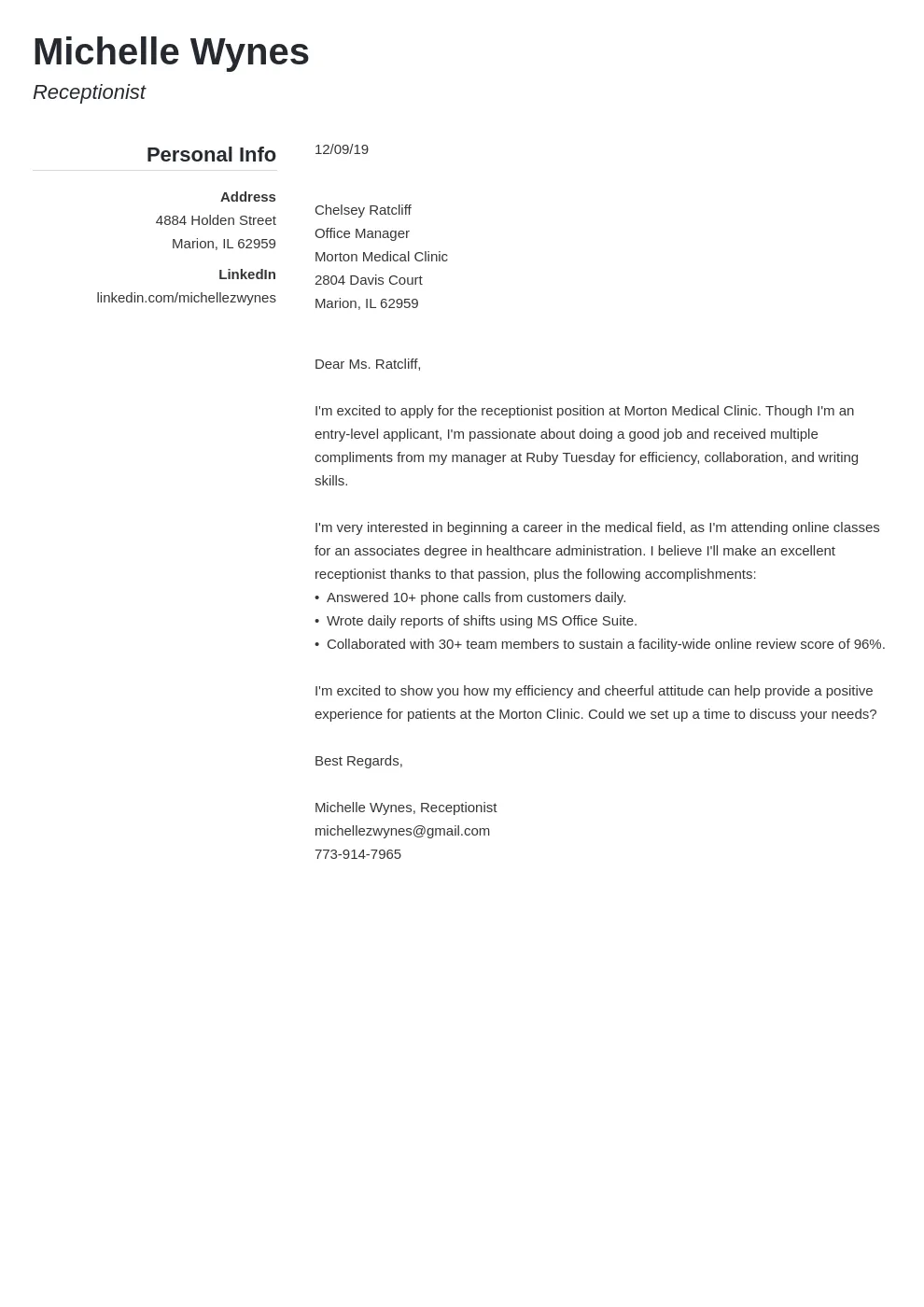
Conclude your cover letter with a clear call to action and a professional closing. In your call to action, express your interest in an interview and state your availability. You can also express your eagerness to discuss how your skills and experience align with the company’s needs. Keep it brief, and avoid sounding too demanding. For the closing, use a professional closing such as “Sincerely,” “Respectfully,” or “Best regards.” Follow this with a blank line and your full name. Proofread your cover letter before sending it. Ensure that it is free of errors and is properly formatted.
Proofreading Your Cover Letter
Proofreading is an essential step in the cover letter writing process. Errors in grammar, spelling, or punctuation can create a negative impression and undermine your credibility. Thoroughly review your cover letter for any mistakes. Use a spell checker and grammar checker, but don’t rely on them entirely. Read your cover letter multiple times, and read it aloud to catch any awkward phrasing or errors. Consider having a friend, family member, or career advisor review your cover letter for feedback. Fresh eyes can often catch errors that you might miss. Ensure that your cover letter is well-organized, clear, concise, and easy to read. A polished and error-free cover letter demonstrates your attention to detail and professionalism, which will make a positive impression on the hiring manager.
In conclusion, a cover letter is a critical tool in your job search, especially if you lack experience. By focusing on your transferable skills, soft skills, education, and demonstrating enthusiasm, you can create a compelling cover letter that highlights your potential. Tailoring your letter to each job, using a professional format, and proofreading it carefully will significantly improve your chances of landing an interview. Remember that even without a wealth of experience, you can demonstrate your value and make a strong first impression with a well-crafted cover letter. Good luck with your job search!
